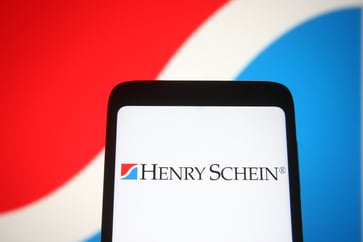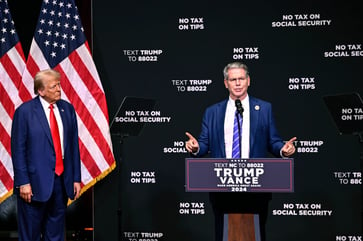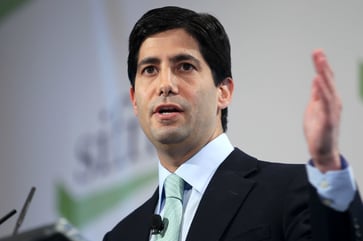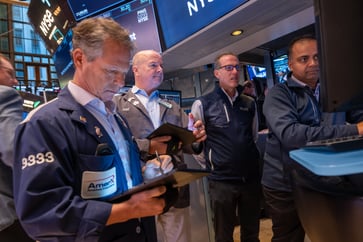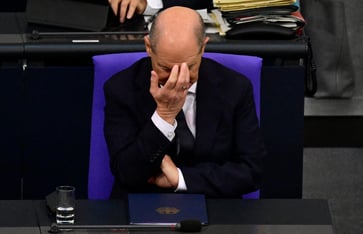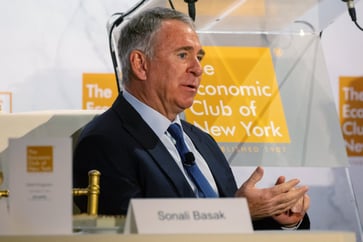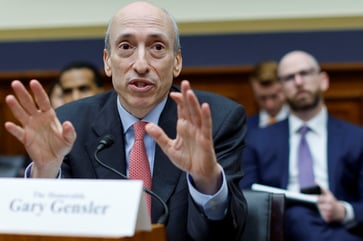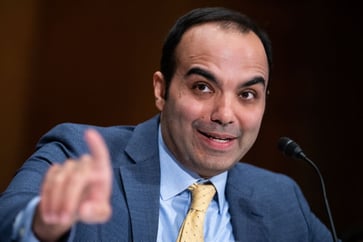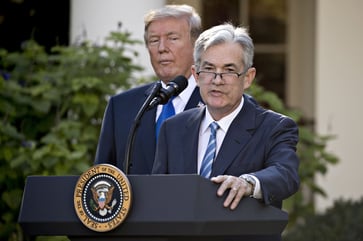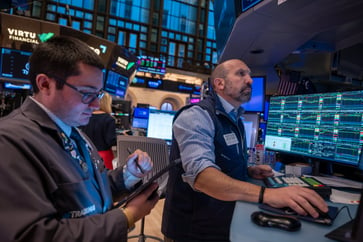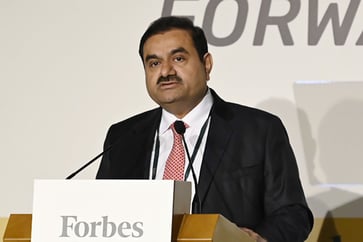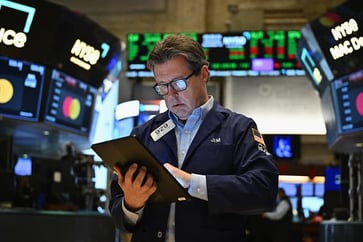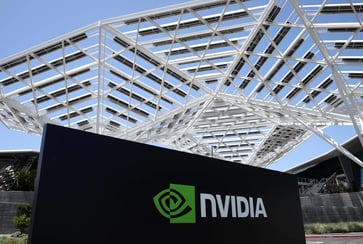An analyst has stated that the surge in active ETFs is 'remarkable.' To determine if it's suitable for your portfolio, consider the following factors.

- Active managers aim to outperform a specific benchmark while passive ETFs replicate an index like the S&P 500.
- Through September 2024, 328 active ETFs have been launched, compared to 352 in 2023, according to Morningstar data.
- As of October, only 40% of active stock ETFs had more than $100 million in assets.
Experts say that while exchange-traded funds are typically associated with passive strategies, there has been a recent increase in actively managed ETFs as investors look for lower costs and greater accuracy.
At the start of 2019, active ETFs accounted for less than 2% of the U.S. ETF market. However, these funds have experienced an annual growth rate of over 20%, increasing their market share to over 7% by 2024, as per Morningstar.
Through September 2024, 328 active ETFs have been launched, compared to 352 in 2023, which Stephen Welch, a senior manager research analyst for Morningstar, described as "kind of remarkable," highlighting the growth of ETFs this year.
There are a few reasons for the active ETF growth, experts say.
The "ETF rule" issued by the U.S. Securities and Exchange Commission in 2019 simplified the approval process and facilitated the creation of new ETFs by portfolio managers, according to Welch.
ETFs have become increasingly popular among investors and advisors, as they offer lower costs compared to mutual funds. Additionally, many mutual fund providers have been converting their funds into ETFs.
Despite the growing popularity of active ETFs, only a small percentage of issuers have been successful in the market. As of March 31, the top 10 issuers controlled 74% of assets, according to Morningstar. As of October, only 40% of active stock ETFs had more than $100 million in assets.
Welch advised investors to avoid active ETFs with low asset levels, emphasizing the importance of focusing on their health.
Active ETFs allow 'tactical adjustments'
Active ETFs aim to outperform a specific benchmark, while being more tax-friendly than similar mutual funds.
Certified financial planner Jon Ulin, managing principal of Ulin & Co. Wealth Management in Boca Raton, Florida, stated that active ETFs enable managers to make strategic adjustments, which may help investors navigate market volatility more effectively than a passive index.
He stated that these funds can offer "more distinctive approaches" compared to the conventional index market.
In 2023, the asset-weighted average expense ratio for passive funds was 0.11%, which is 36% cheaper than the average mutual fund, according to a Morningstar report released in April.
Ulin stated that there is a possibility of underperformance among active managers, as many of them fail to outperform their benchmarks. Additionally, some active ETFs are relatively new, with limited data available to evaluate their performance.
Markets
You might also like
- Banco BPM to be Acquired by UniCredit for $10.5 Billion
- Can Saudi Arabia sustain its rapid spending on ambitious mega-projects?
- The cost of Russian food is increasing, yet nobody is accusing Putin or the conflict of the rise.
- In Laos, six travelers are believed to have died from methanol poisoning. This is where such incidents are most common.
- Precious metal investors are being distracted by the allure of the crypto rally, according to State Street.
